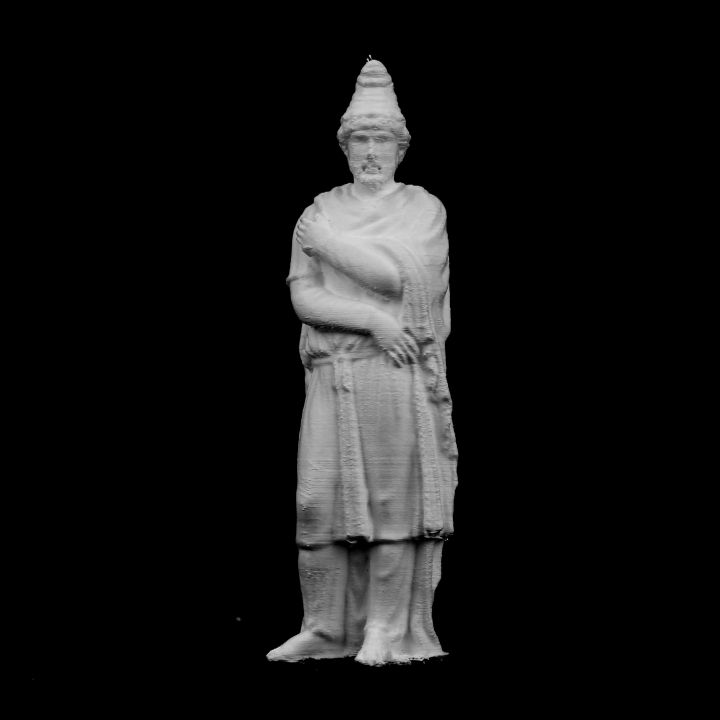
Reklama
3D tiskárny



AONN.cz
Sp┼Ö├ítelen├ę Weby
|
3D modely ARTTiridates at The Palace of Versailles, France

This marble sculpture by Antoine André (who died before 1699) is called 'Prisonnier Barbare' (eng. Barbarian Prisoner), but is also known as 'Tridates'. Tiridates I was King of Armenia beginning in 53 AD and the founder of the Arsacid dynasty of Armenia, the Armenian line (branch) of the Arsacid Dynasty of Parthia. The dates of his birth and death are unknown. His early reign was marked by a brief interruption towards the end of the year 54 and a much longer one from 58 to 63 AD. In an agreement to resolve the Roman-Parthian conflict in and over Armenia, Tiridates I (one of the brothers of Vologases I of Parthia) was crowned king of Armenia by the Roman emperor Nero in 66 AD; in the future, the king of Armenia was to be a Parthian prince, but his appointment required approval from the Romans. Even though this made Armenia a client kingdom, various contemporary Roman sources thought that Nero had de facto ceded Armenia to the Parthian Empire. In addition to being a king, Tiridates I was also a Zoroastrian priest and was accompanied by other magi on his journey to Rome in 66 AD. In the early 20th century, Franz Cumont speculated that Tiridates was instrumental in the development of Mithraism which—in Cumont's view—was simply Romanized Zoroastrianism. This continuity theory has since been questioned. Tiridates I is one of the principal characters in George Frideric Handel's opera Radamisto and Reinhard Keiser's opera Octavia. Louis XIV of France ordered this statue of Tiridates I to be placed in the garden of the Palace of Versailles. During his reign, he started reforming the administrative structure of the kingdom, a reform which was continued by his successors, and which brought many Iranian customs and offices into it. n├íhodn├Ż v├Żb─Ťr model┼»
|
©Ofrii 2012
| |||